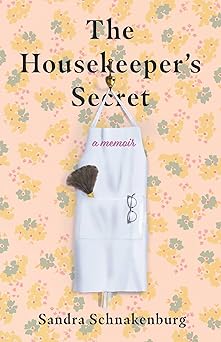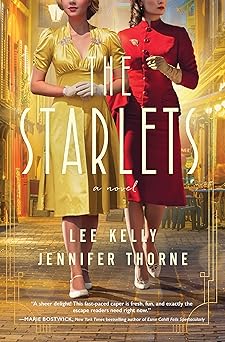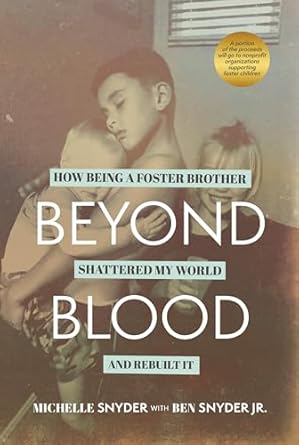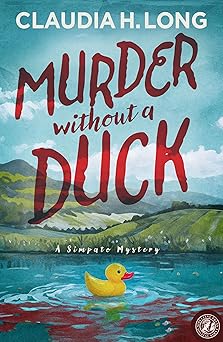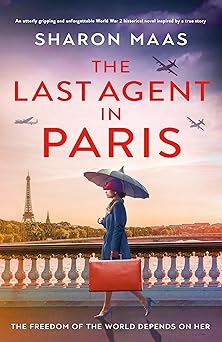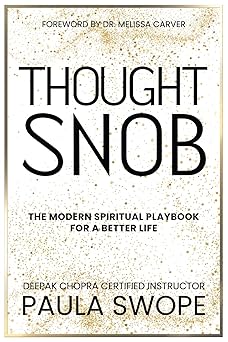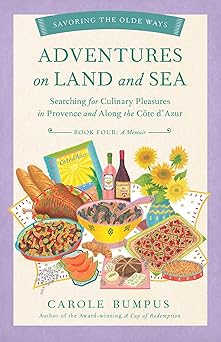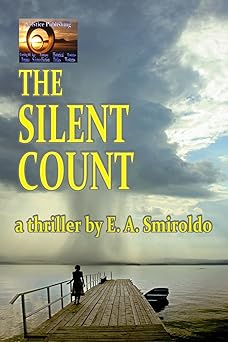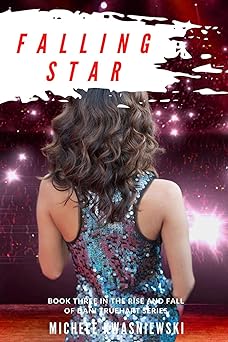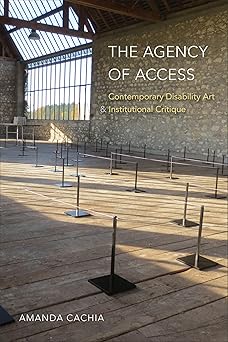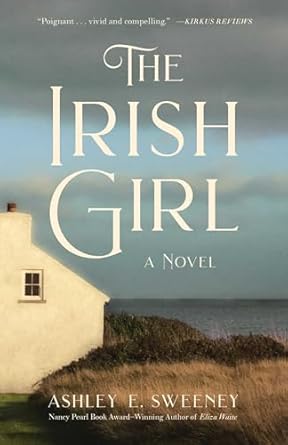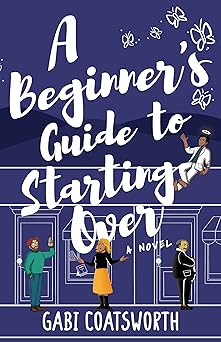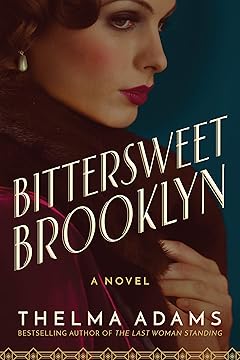Writing Leave Everything You Know Behind By Ginny Fite
Writing Leave Everything You Know Behind
By Ginny Fite
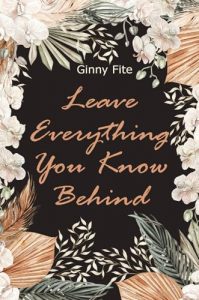 Long before I begin to write a novel, well before I know what I’m writing, thoughts and questions arrive unbidden at all times of the day. If I’m paying attention, I’ll write them down.
Long before I begin to write a novel, well before I know what I’m writing, thoughts and questions arrive unbidden at all times of the day. If I’m paying attention, I’ll write them down.
Thus, my desk is littered with yellow stickies and pads with scribbled ideas, quotes, instructions, fragments of dreams, things overheard that have no common thread. I make notes on my iPhone if pen and paper aren’t handy. When a critical mass pushes me in the direction of a story, I compile all these unconnected musings in one document on my laptop. And then I wait.
Late in 2018, I woke with the phrase, “Leave everything you know behind.” Spoken out loud, it had the ring of a commandment. Was it a title, an instruction, or the gossamer tail of a fading dream? Should I sell my house and all my possessions and go live in a van in the Arizona desert? Or was this a decree to discard what I knew and venture into the unknowable?
The phrase followed me for hours, unrelenting, until I Googled it. The line is from a David Whyte poem, “Tilicho Lake,” that I’d read two decades before (a reminder that everything we ever read lives in our minds forever). Rereading the poem, I saw the outline of a novel as clear as the shape of my own face reflected from the icy surface of a frozen lake.
In January 2019, I wrote down: “Only to the extent that we expose ourselves over and over to annihilation can that which is indestructible be found in us.” –Tibetan Buddhist nun and teacher Pema Chödrön. (I firmly believe that we find what we’re looking for, even when we don’t know what that is.)
Obviously, I was still chewing on the idea of what it would mean to leave everything. Would that be annihilation, and what is indestructible in us? I had other questions, also. If someone is annihilating himself, do people have a right to intervene? If doing one’s art defines someone, when she can’t do it, who is she? How does our parents’ behavior affect our identity? What does the right to die with dignity mean? What is the function of love in all this?
Whatever was brewing in my mind was not going to be a mystery, thriller, or adventure. During this period, I was also editing The Physics of Things so I knew I had shifted into another genre, although I had not yet classified what I was writing as women’s fiction.
Knowing the genre is helpful in staying on track, otherwise I could wind up with War and Peace. I’ve since learned Jeff Deaver’s clever way of categorizing genres. The central question of mysteries is “what happened and who did it?” In thrillers, the question is, “when will it happen?” Perhaps what drives women’s fiction are the questions, “why did it happen, and how does that change things?” For me, the answers to why and how are just as mysterious and thrilling as rolling out the plot of what, who, and when.
While my mind chugged away on right to die laws, cancer symptoms, Hinduism, and the death of local newspapers, Anne Canfield Morrow had already stepped out on the highwire of Leave Everything You Know Behind. She had probably been teetering there for years, waiting for me to notice her. And then, clear as day, I saw her hiding behind a holly bush from what she thought was a bear, and I immediately loved this cranky, opinionated character.
Anne spotted Indira Anand standing on the thin ice of Lake Champlain at dawn. Indira is a beauty in every way—loving, brilliant, talented—and heartsick. I also knew her name immediately. Chalk that up to the fact that Indira Ghandi was one of my girlhood idols. (Yeah, I was a weird child—my other hero was Golda Meir. But in my defense, we didn’t have video games. World politics on the nightly news presented the greatest drama.)
If you want to fall in love with a character, give her all the attributes of your best friends. And then, if you’re writing a novel, make life really hard for her. Anne is obstinate, bossy, outspoken and has unresolved issues with her youngest son, daughter in law, and dead husband. She’s also struggling to keep her newspaper from joining the roughly 2,000 newspapers that have closed over the last two decades. So what else could I throw at her that would turn her world upside down and reveal what was indestructible in her?
Well, how about cancer, the discovery her husband lied to her for years, and the threatened exposure of a secret she has kept for decades? And just in case she could survive all that, there’s the loss of her new and unexpected friendship with Indira, who is also likely to die of cancer. That’s enough annihilation for anyone.
And yet somehow, Leave Everything You Know Behind turned out to be a story about hope and new beginnings. Because a story about death must be, for conflict, a story about living, about what keeps us wanting to breathe, about what we’ll do for redemption, and therefore it’s inevitably a story about love. And love, after all, is that one indestructible thing that can save us.
—
LEAVE EVERYTHING YOU KNOW BEHIND
Cranky, aging newspaper publisher Anne Canfield is determined to live forever, no matter what. Young, brilliant writer and teacher Indira Anand thinks she wants to die. But the winter morning Anne saves Indira Anand from drowning, everything changes.
That evening, Anne stumbles and falls. Diagnosed shortly after her fall with incurable brain cancer and only months to live, she must hurry to save her newspaper, heal her regrets, keep her secrets hidden, and protect her son from the truth before time runs out.
Indira, suffering a second incidence of ovarian cancer, wants to invoke her right to die. Thwarted by both the law and her distant husband but desperate to escape the pain she watched her grandmother endure, she wavers, unsure of her decision.
Out of options, Indira reaches out to Anne. Even as they make a pact to help each other, Indira realizes Anne won’t live long enough to be with her at the end. She must find another way.
Meanwhile, Anne’s daughter-in-law, Laura, suffering her own loss and resentful of her husband Freddy’s flagging attention, discovers Anne’s secret. In a move she’s sure will hasten Anne’s death, Laura locates Anne’s old lover, Colin, and goads him to turn up at Anne’s home, hoping he’ll upset the family she hates. For good measure, in an attempt to cause a rift between mother and son, Laura suggests to Freddy that Colin is his father.
Leave is a story about what keeps us wanting to live, what we’ll do for redemption, and how love can save us.
—
“In this moving novel, Ginny Fite writes about two strong women from radically different backgrounds whose lives unexpectedly intersect at the worst time. Anne and Indira forge a deep friendship as they learn each other’s secrets and create a way for life to claim victory over death.” –Solveig Eggerz, author of Seal Woman and Sigga of Reykjavik.
“Two women from different generations develop a friendship as each confronts her own mortality in this heartwarming and thought-provoking novel. Once again, Ginny Fite shows us that doubts and fears need not keep us from finding love and forgiveness.” –K.P. Robbins, award-winning co-author of Thoughts & Prayers.
—
The author of the genre-bender Blue Girl on a Night Dream Sea, the thriller No End of Bad, and the dark mystery thrillers Cromwell’s Folly, No Good Deed Left Undone, and Lying, Cheating, and Occasionally Murder, the paranormal mystery Possession, and co-author of Thoughts & Prayers under the pseudonym Lee Anne Post, Ginny Fite is an award-winning journalist. She has been a spokesperson for a governor and for a member of Congress, a few colleges and universities, and a robotics R&D company.
She has degrees from Rutgers University and Johns Hopkins University and studied at the School for Women Healers and the Maryland Poetry Therapy Institute.
Ginny has also authored I Should Be Dead by Now, a collection of humorous lamentations about aging, three books of poetry, The Last Thousand Years, The Pearl Fisher, Throwing Caution, and a short story collection, What Goes Around.
Category: On Writing




